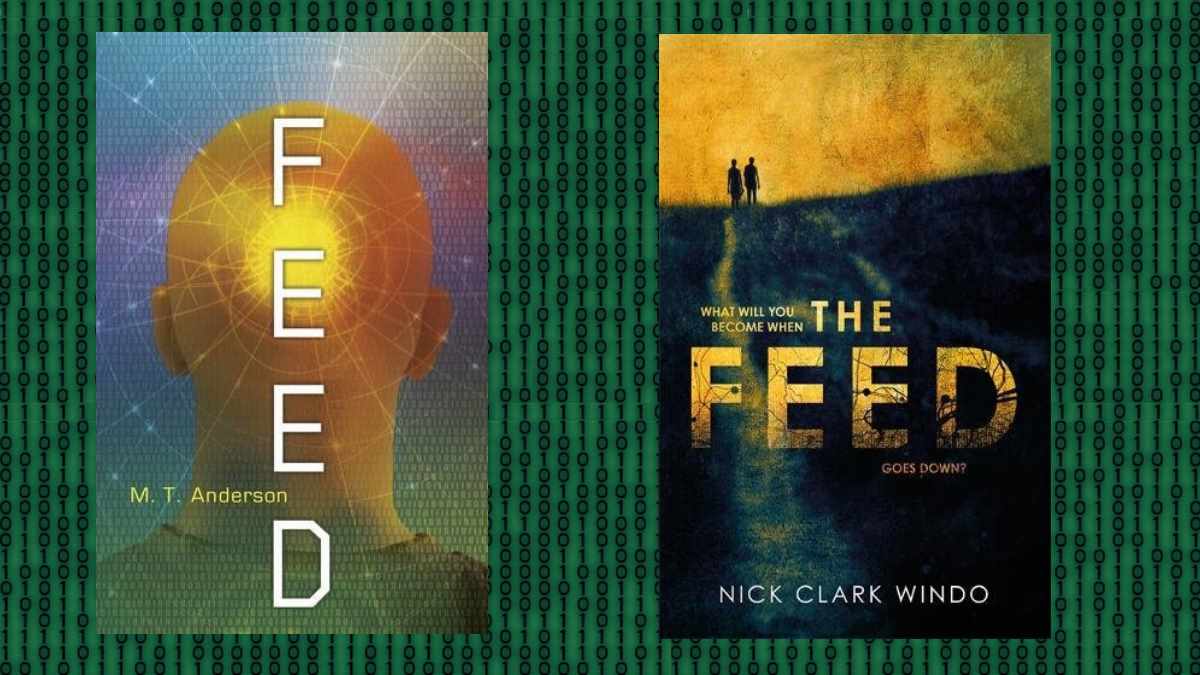Boys have it pretty easy. There’s no shortage of movies, books, or games with role models that show what they can do if they put their minds to it. For girls, the pickings are far slimmer, and for younger, tween girls, the choices are smaller still. Now focus on science and technology for this crowd and the positive message options are so minuscule, you might think there’s nothing out there. You wouldn’t be far from the truth either, which is a scary thought because this is precisely the age when many girls lose interest in science and technology.
Dr. E. Paul Zehr has set out to change that. Zehr, who is a lead researcher at a spinal cord research and treatment center in British Columbia, is also a part time author. His previous works, Becoming Batman: The Possibility of a Superhero and Inventing Iron Man: The Possibility of a Human Machine examined the hard science behind the possibility of superheroes in real life.
His latest, Project Superhero, is in the same vein, but with a definitive turn in audience and tone. Project Superhero is written in the voice of a thirteen-year-old, eighth-grade girl named Jessie. The book is presented as her diary, beginning with the first week of school, as Jessie details the project that her class is going to work on over the course of the year. It’s a research project that examines heroes, specifically why we are obsessed with superheroes, and culminates in an all-school debate called “Superhero Slam.”
During the project, Jessie and her fellow students are expected to really evaluate superheroes and learn what it is physically possible and what is not. It’s all framework for what Zehr does best: weaving hard science into a funny and engaging story; allowing kids to learn while being entertained. Science facts, from nutrition and physical fitness to biology and anatomy, are all dropped in during Jessie’s research adventure.
The book ends up being a hybrid of fiction and non-fiction as Jessie writes to some of the influential female role models in her life. Women like Christie Nicholson, Nicole Stott, Yuriko Romer, and Kelly Sue DeConnick, among others, knowingly took part in the book by replying to the letters that “Jessie” sent. In the end, through her correspondence and her research project, Jessie learns a lot and emerges as a role model, herself.
Throughout the book, Jessie’s diary has been illustrated by the very capable veteran film animator, Kris Pearn. In addition to the lined pages of the book and the printed spiral binding, more than one hundred of Pearn’s drawings really bring the book to life. It is a complementary partnership of storytelling. Zehr says the book ended up being an unexpected opportunity. “[The goal] was not just to try and get across some science but also to tell the stories of so many influential female artists, scientists, athletes, and thinkers. Project Superhero kind of morphed into a book about science and female empowerment.”
It’s a book that’s worth reading, too. While it’s sad that there are so few resources to celebrate science (and superheroes!) for this specific audience, Project Superhero a great story and an even better girl character as the protagonist, making Project Superhero worth the wait. It’s so good, I went out and bought a copy for every young girl on my Christmas list this year. And my son will be reading it too.
Disclosure: GeekDad was sent a sample of this book for review.



